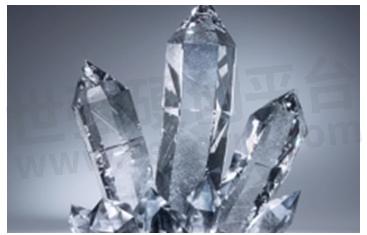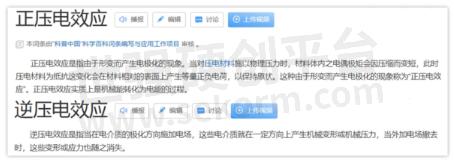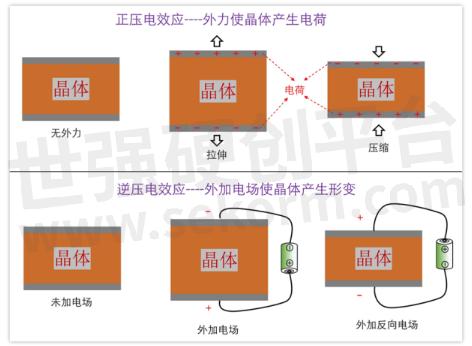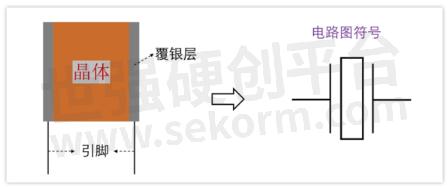Introduction of the Crystal Resonator Structure

First of all, the crystal in the crystal resonator refers to quartz crystal, and its chemical formula is silicon dioxide SiO2.
The characteristics of quartz are: small thermal expansion coefficient, high Q value, insulation, etc.

Quartz can be made into a crystal resonator, mainly using the piezoelectric effect. The piezoelectric effect is divided into positive piezoelectric effect and reverse piezoelectric effect. The following is the definition of it in Baidu Encyclopedia:

The meaning corresponds to the figure below:

The schematic diagram of the crystal structure is as follows:

The left side of the above figure is a schematic diagram of the crystal structure, and the right side is our common crystal oscillator symbol.
Based on the previous understanding of the piezoelectric effect, the crystal can convert electrical energy into mechanical energy, and then mechanical energy can be converted into electrical energy. If an alternating current is passed through the crystal, the contraction and expansion represent mechanical vibration.
After the physical size and structure of the mechanical vibration are fixed, it has an inherent vibration frequency. When the frequency of the external signal is equal to the inherent vibration frequency, resonance will occur and resonance will occur.
The frequency of the crystal oscillator is the inherent oscillation frequency. Passive crystals are also called "crystal resonators", and this is what "resonance" means here.
- +1 Like
- Add to Favorites
Recommend
- There are Two Main Types of Crystal Oscillators: Active Crystal Oscillators and Passive Crystal Oscillators
- How to Prevent the Bad Phenomenon of Crystal Vibration?
- Tips for Crystal Oscillator Circuit Design, Essential Skills for Engineers!
- Working Principle of Crystal Resonator
- Does a Passive Crystal Oscillator Have a Direction?
This document is provided by Sekorm Platform for VIP exclusive service. The copyright is owned by Sekorm. Without authorization, any medias, websites or individual are not allowed to reprint. When authorizing the reprint, the link of www.sekorm.com must be indicated.

































































































































































































































































































































































































































































































































































































































































































































































































































































































